おすすめの製品
品質水準
アッセイ
97%
フォーム
liquid
屈折率
n20/D 1.456 (lit.)
bp
130 °C/11 mmHg (lit.)
密度
0.847 g/mL at 25 °C (lit.)
官能基
amine
SMILES記法
CN(C)CCN(C)CCN(C)CCN(C)C
InChI
1S/C12H30N4/c1-13(2)7-9-15(5)11-12-16(6)10-8-14(3)4/h7-12H2,1-6H3
InChI Key
DWFKOMDBEKIATP-UHFFFAOYSA-N
詳細
アプリケーション
保管分類コード
8A - Combustible corrosive hazardous materials
WGK
WGK 3
引火点(°F)
215.6 °F - closed cup
引火点(℃)
102 °C - closed cup
個人用保護具 (PPE)
Eyeshields, Gloves, type ABEK (EN14387) respirator filter
適用法令
試験研究用途を考慮した関連法令を主に挙げております。化学物質以外については、一部の情報のみ提供しています。 製品を安全かつ合法的に使用することは、使用者の義務です。最新情報により修正される場合があります。WEBの反映には時間を要することがあるため、適宜SDSをご参照ください。
消防法
第4類:引火性液体
第三石油類
危険等級III
非水溶性液体
Jan Code
366404-25G:
366404-BULK:
366404-5G:
366404-VAR:
この製品を見ている人はこちらもチェック
資料
Find tools & techniques for performing atom transfer radical polymerization (ATRP) with benefits and limitations.
Tools and techniques for performing atom transfer radical polymerization (ATRP) with benefits and limitations.
We presents an article about a micro review of reversible addition/fragmentation chain transfer (RAFT) polymerization. RAFT (Reversible Addition/Fragmentation Chain Transfer) polymerization is a reversible deactivation radical polymerization (RDRP) and one of the more versatile methods for providing living characteristics to radical polymerization.
Tools for Performing ATRP
プロトコル
We presents an article featuring procedures that describe polymerization of methyl methacrylate and vinyl acetate homopolymers and a block copolymer as performed by researchers at CSIRO.
Sigma-Aldrich presents an article about RAFT, or Reversible Addition/Fragmentation Chain Transfer, which is a form of living radical polymerization.
Sigma-Aldrich presents an article about the typical procedures for polymerizing via ATRP, which demonstrates that in the following two procedures describe two ATRP polymerization reactions as performed by Prof. Dave Hadddleton′s research group at the University of Warwick.
ライフサイエンス、有機合成、材料科学、クロマトグラフィー、分析など、あらゆる分野の研究に経験のあるメンバーがおります。.
製品に関するお問い合わせはこちら(テクニカルサービス)
![トリス[2-(ジメチルアミノ)エチル]アミン 97%](/deepweb/assets/sigmaaldrich/product/structures/695/792/ee0ff167-22a3-43a7-83a1-6c4908adf0ae/640/ee0ff167-22a3-43a7-83a1-6c4908adf0ae.png)
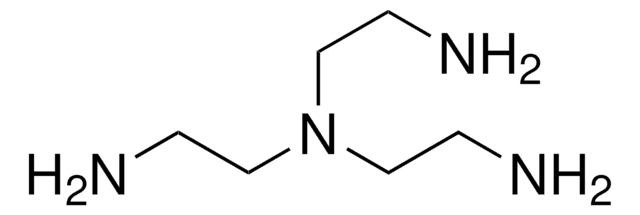
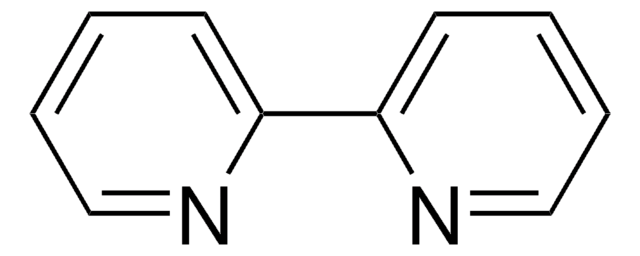
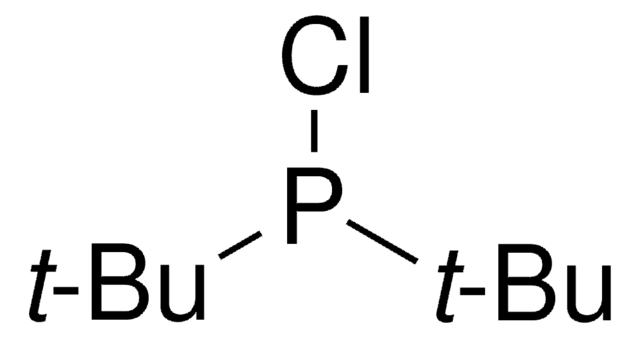
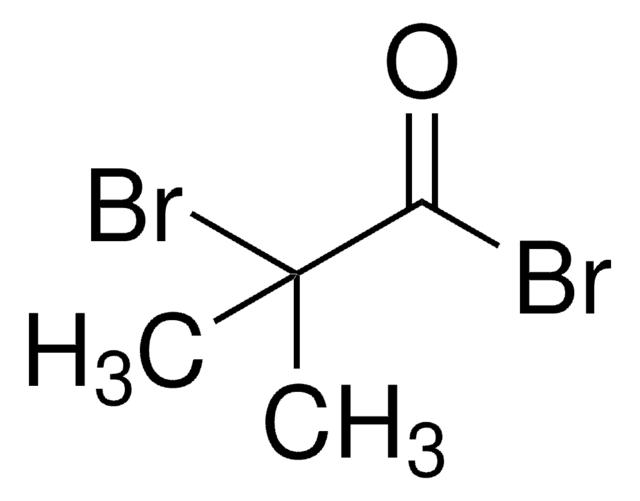


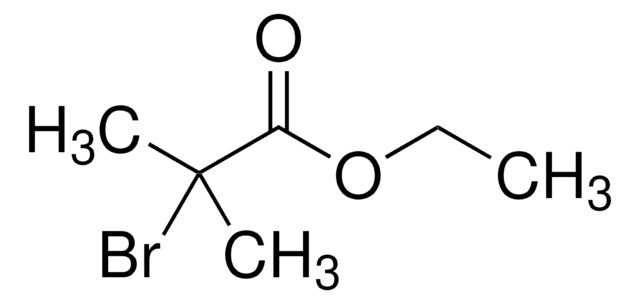

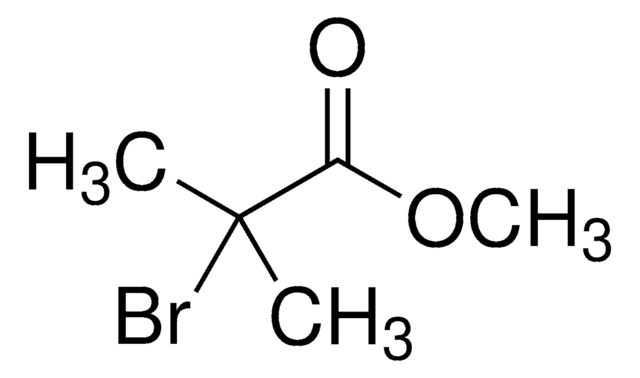

![1-[Bis[3-(dimethylamino)propyl]amino]-2-propanol 98%](/deepweb/assets/sigmaaldrich/product/structures/228/232/cb6938f1-8d46-4514-b5dc-8048ce8f3bf0/640/cb6938f1-8d46-4514-b5dc-8048ce8f3bf0.png)